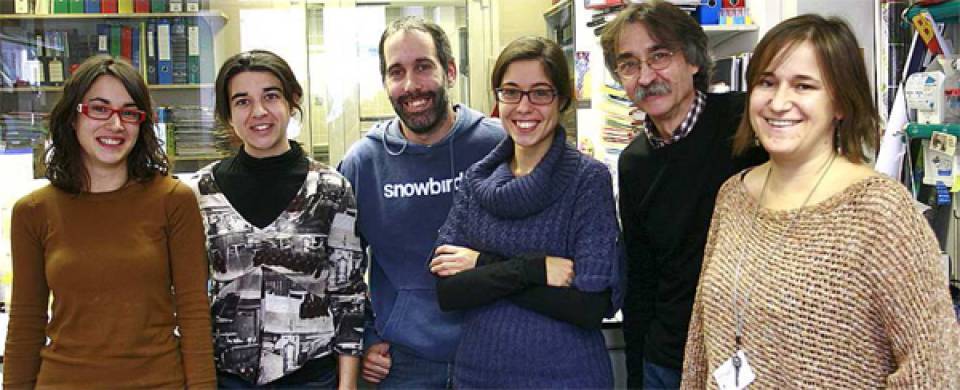The article in Molecular Biology of the Cell demonstrates how the transport and intracellular distribution of cholesterol plays a central role in regulating protein secretion process in cells. Vesicles are the main route of secretion of extracellular matrix molecules, which originate in the Golgi apparatus and fuse with the plasma membrane by expelling its contents into the extracellular space. One type of protein conforming these vesicles is called v-SNAREs. The researchers from IDIBAPS and the University of Barcelona have shown that when cholesterol supply to the Golgi is altered the transport of vesicles to the cell membrane is selectively blocked. This observation was made by manipulating the levels of cholesterol in the cell and analyzing changes in the location at the nanometric level of a subgroup of t-SNARE proteins by super-resolution microscopy (TIRFM and STED). It is therefore a finely regulated mechanism in which cholesterol plays a more important role than previously thought.
On the other hand, work in EMBO Journal, headed from the National Cardiovascular Research Center of Madrid, in collaboration with Dr. Maria Calvo, head of the confocal microscopy unit of the Science and Technology Services at the University of Barcelona, details how a small chemical modification of the Rac1 protein, called palmitoylation, has a critical effect on cell adhesion and migration. Thanks to super-resolution microscopy (TIRFM) and lipid probes and two-photon microscopy, the researchers observed that cells with an altered Rac1 molecule (or lacking Rac1) undergo alterations in cell migration. The palmitoylation of RAC1 has been identified for the first time as a key mechanism for its function and for the remodeling of the actin cytoskeleton through the molecular organization of the membrane. This observation, which could have important implications in processes such as metastasis, would not have been possible with traditional techniques of optical microscopy.
The researchers from IDIBAPS - UB have worked in the design of software packages that enable the comprehensive analysis of the images, closely with other centers with the latest technology in optical and super-resolution microscopy. The third and last work, published in Nature Protocols, is a collaboration with the Centre for Vascular Research at the University of New South Wales (Sydney, Australia) that details the procedure for the quantification and study of the distribution of lipids in the cell membrane by using Laurdan and two-photon laser confocal microscopy.

